Describe the Reproductive Cycle of Bread Mold
Certainly moldy bread should not be consumed because of the way in which mold grows on bread. Here is the life cycle of this mold explained.
Rhizopus is a genus of fungi.
. The hypha exude digestive enzymes which catabolize nutrients for the mold to absorb. Diploid cells in the zygote undergo meiosis and germinate to form a haploid sporangium which releases the next generation of haploid spores. B Explain why sexual reproduction would contribute to genetic variability Describe the generalized reproductive cycle both asexual and sexual of Rhizopus stolonifer black bread mold.
Both yeast and molds require organic hosts to derive nutrition. Otherwise bread mold generally propagates via asexual reproduction. Explain the structure of bread mould draw diagram.
The surrounding condition in which the mold resides is the factor that causes either type of reproduction by the mold. Sexual reproduction involves contact between opposite mating strains of the fungus to form a zygospore. Lacks crosswalls in hyphae.
The body of rhizopus consists of branched mycelium. They are composed of two suspensor cells which are the former gametangia or hyphae. The spores absorb moisture and nutrients from their new home and begin generating new hyphae.
As mentioned earlier black bread mold grows by sexual and asexual production. Under these conditions mold will appear then appear some more and continue to reproduce via its life cycle. 3 Karyogamy of the haploid nuclei takes place to form many diploid nuclei and the zygosporangium develops into a thick-walled zygospore.
The fungi usually reproduce asexually by producing sporangiospores. Vegetative asexual and sexual. 1 Multinucleate gametangia are produced and compatible strains undergo plasmogeny and form 2 a heterokaryotic zygosporangium.
When the zygospore germinates it creates more haploid sporangiospores via meiosis. Most yeast species reproduce asexually either by the formation of new organisms on the existing one by way of budding or by undergoing the reproductive process of binary fission where a single organism divides into two separate identical entities. Bread mold reproduces asexually using mitosis to form spores and sexually.
Here is an example of the sexual life cycle of Rhizopus stolonifer. Examples-Black bread mold Rhizopus stolonifer-mold that grows on meat cheese and bread. When these spore are released they are carried by the air to other environments.
Sporangiophores which are special hyphae create sporangiums. This mold consist of filaments which are called hyphae. Two different types of hyphae.
It is commonly called bread mould. -A resting spore that contains zygotes formed during the sexual phase of the molds life cycle -the hyphae of zygomycetes generally lack cross walls although the cells of their reproductive structures do have cross walls. There is a suspensor cell on either side of a large rough dark brown spore.
Describe the sexual life cycle of bread mold. Karyogamy only occurs when conditions are unfavorable for the other kind of growth. When spores land on a suitable substrate they germinate and produce a new mycelium.
They do asexual reproduction via sporangiospores. When the mold comes in contact with a substrate such as bread it first spreads over. Up to 24 cash back Asexual Reproduction.
3 Karyogamy of the haploid nuclei takes place to form many diploid nuclei and the zygosporangium develops into a thick-walled zygospore. Black speckles of this fungus are produced on bread by asexual reproduction. These sporangiums are bulbs at the tip of the sporangiophore.
Rhizopus reproduce by all the three processes ie. The zygospores are the only diploid phase of Rhizopus stolonifer reproduction. Before learning the specifics click here to view how Rhizopus stolonifer as a member of the phylum Zygomycota compares to other phylum within the kingdom of Fungi.
Moisture must be present there must be an ideal temperature and there must be some kind of food source. The bodies of multicellular fungi are composed of many hypae tangled together into a thick mass called a mycelium. As spores settle in and begin reproducing the mold life cycle comes full circle.
In the coenocytic thallus of Zygomycetes the organism is in the vegetative stage with haploid nuclei. These small speckles are called sporangia. Stolon rhizoids and sporangiophores.
Reproduction begins soon after bread mold finds a suitable substrate and sends out its feeding structures or. 1Identify the characteristics all fungi have in common. The black tips of bread mold are the swollen sporangia packed with black spores Figure 2.
Describe the sexual life cycle of bread mold. When they land they begin to grow. Vegetative reproduction is by fragmentation and each of the fragments of a stolon develops separately making a complete mycelium.
They are fast-growing fungi and have a cottony appearance. 3Briefly describe asexual and sexual reproduction in fungi. First and foremost mold can only develop when the environment is just right.
Bread mold reproduces sexually and asexually. The fungi usually have asexual reproduction through sporangiospores and also sexually by the mating of the hyphae. Life Cycle of Rhizopus.
The mycelium is coenocytic and composed of three types of hyphae. The hyphae enters the bread and uses the nutrients from it. Inside the sporangiums are spores.
When spores land on a suitable substrate they germinate and produce a new mycelium. Describe common mold life cycle etc Familiar molds that grow on meat cheese and bread. The black tips of bread mold Rhizopus stolonifer are the swollen sporangia packed with black spores.
Left unchecked the process continues indefinitely. Is Bread Mold Bad. QUESTION 1 A Describe the generalized sexual reproductive cycle of fungi You may wish to choose one type of fungus for this description.
2Describe the structure of the body of a typical fungus. Asexual reproduction is by the formation of sporangiospores and chlamydospores. How the mold life cycle affects mold treatment.
Bread mold Rhizopus stolonifer most often reproduces asexually. Have life cycles that include a zygospore which is a resting spore that contains zygotes formed during the sexual phase of the molds life cycle. Fungi are euckaryotic heterotrophs that have cell walls.
This life cycle occurs in four stages. Rhizopus stolonifer a familiar bread mold propagates on the surface of vegetables fruits and bread rapidly. 1 Multinucleate gametangia are produced and compatible strains undergo plasmogeny and form 2 a heterokaryotic zygosporangium.
Once the spore has landed it colonizes the food item such as bread by germinating into a hypha which spreads out into the bread like a net. Describe the reproductive cycle of bread mold.
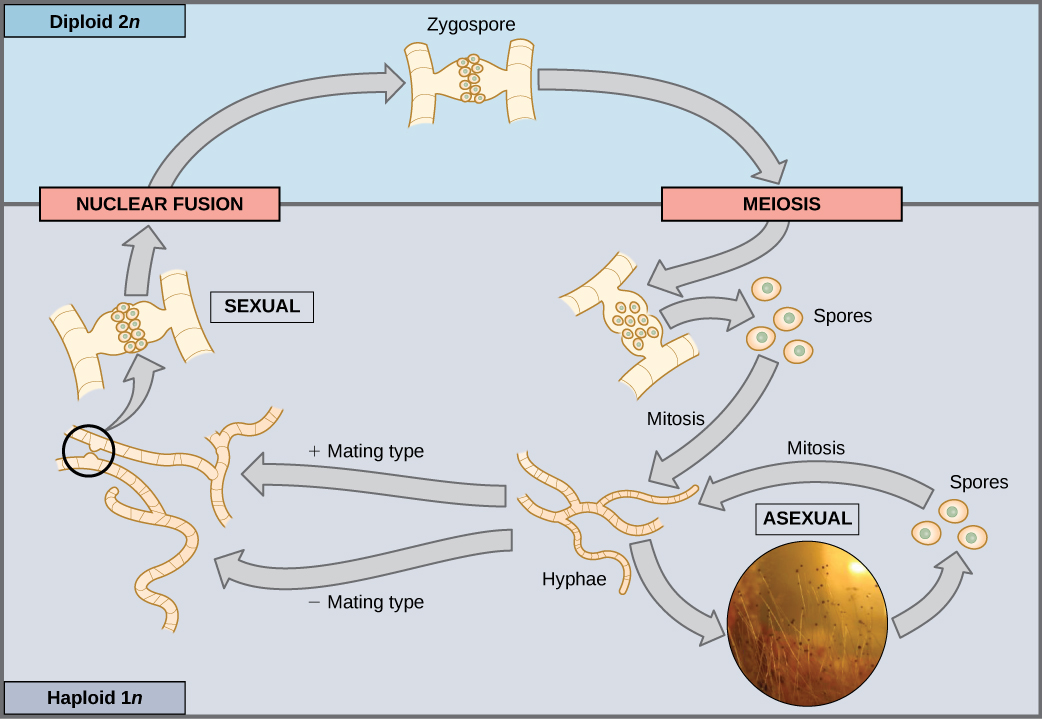
Biology Genetics Meiosis And Sexual Reproduction Sexual Reproduction Oertx

The Life Cycle Of Rhizopus Sp The Common Bread Mold Anatomy Coloring Book Biology Classroom Cell Biology Notes

Life Cycle Of Zycomycete Rhizopus Black Bread Mold Diagram Quizlet

Kingdom Fungi Chapter 21 Page 527 Http Www
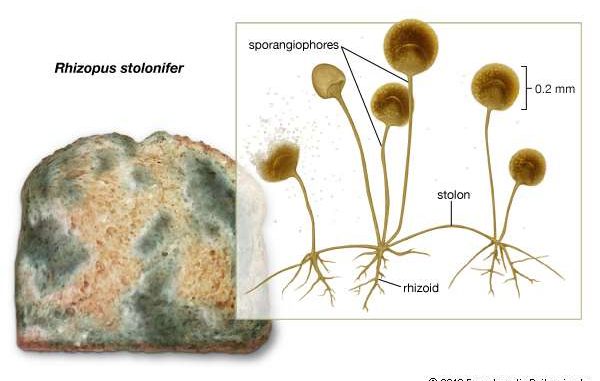
Rhizopus Stolonifer Morphology And Reproduction Of Black Bread Mold Online Biology Notes

Bread Mold Reproductive Cycle Fungi Microbiology Bread Mold
Solved Fungi Introduction Fungi Are Important Decomposers In Terrestrial Ecosystems They Aid In The Cycling Of Nutrients And Breakdown Of Lignin I Course Hero
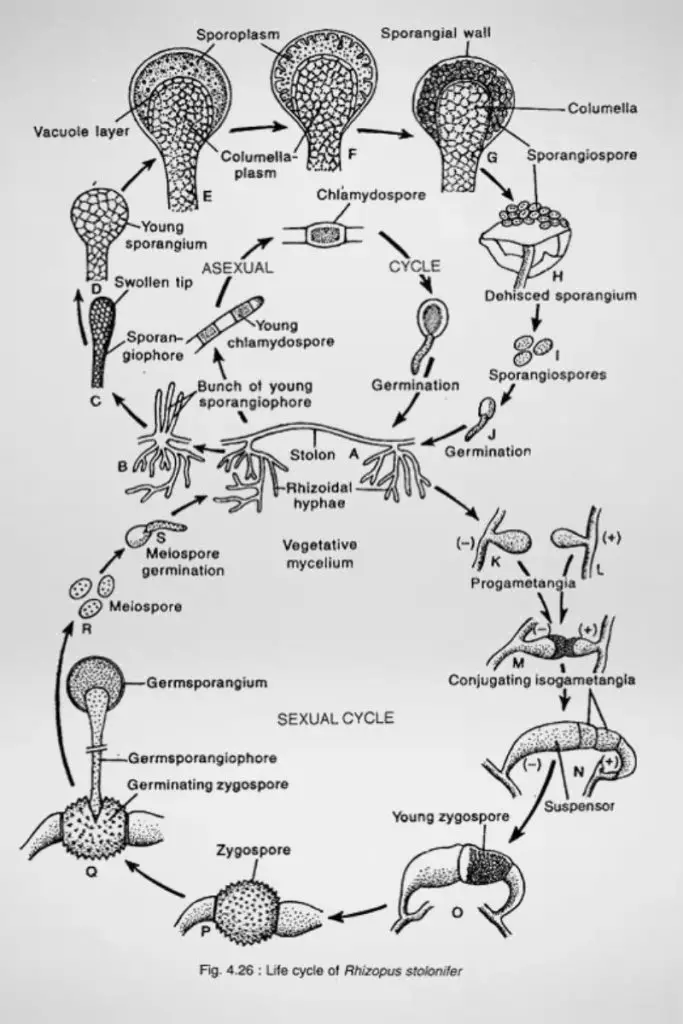
Rhizopus Stolonifer Life Cycle Habitat Nutrition Disease Importance

Life Cycle Of Fungus Black Bread Mold Rhizopus Stolonifer Youtube
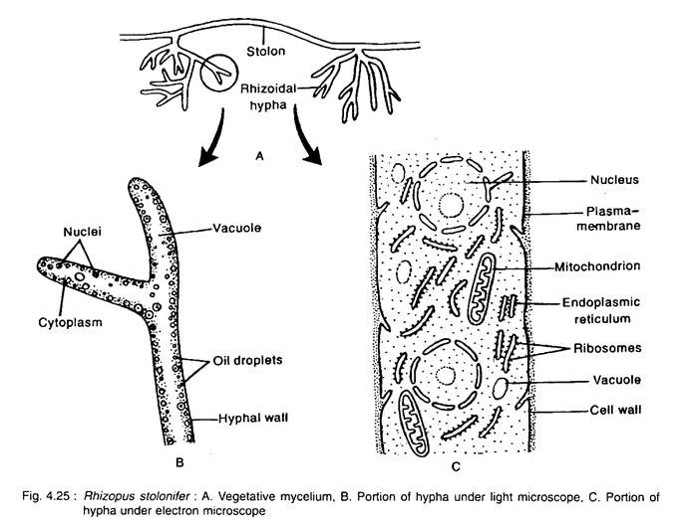
Rhizopus Stolonifer Morphology And Reproduction Of Black Bread Mold Online Biology Notes

Rhizopus Stolonifer Life Cycle Habitat Nutrition Disease Importance
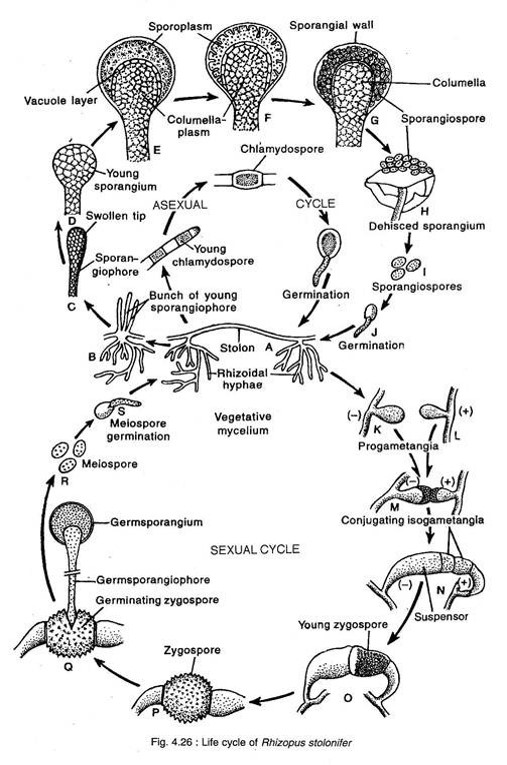
Rhizopus Stolonifer Morphology And Reproduction Of Black Bread Mold Online Biology Notes
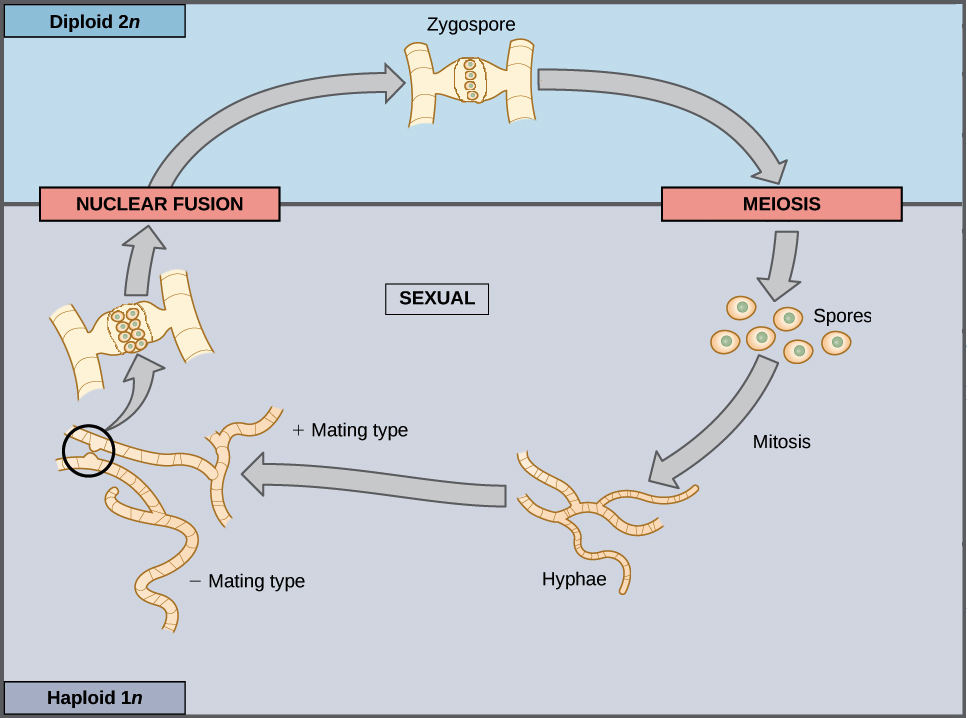
Sexual Life Cycles Article Meiosis Khan Academy

Life Cycles Of Rhizopus Zygomycota Diagram Quizlet
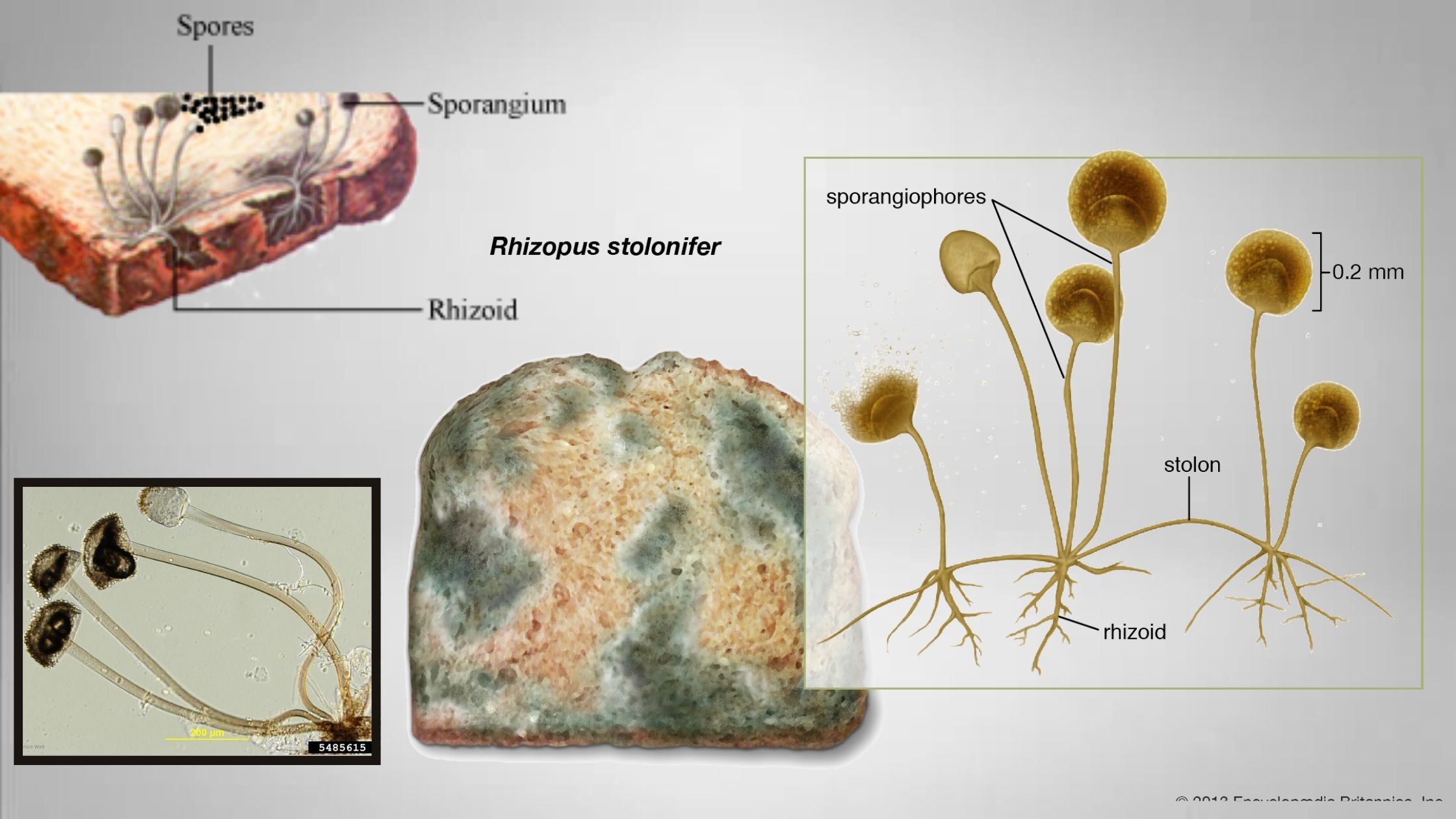
Rhizopus Stolonifer Life Cycle Habitat Nutrition Disease Importance


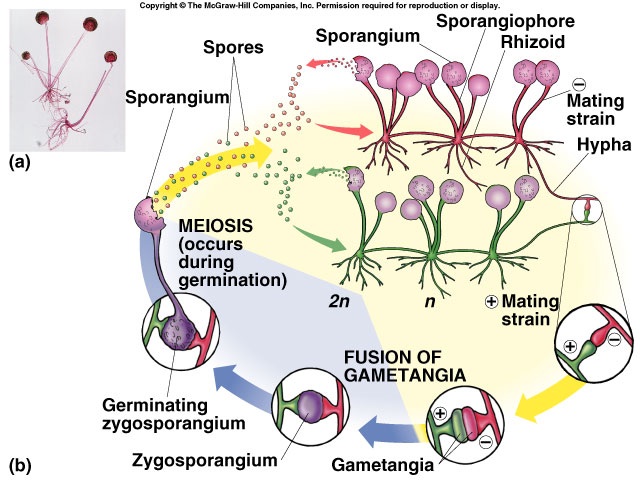

Comments
Post a Comment